Any links to online stores should be assumed to be affiliates. The company or PR agency provides all or most review samples. They have no control over my content, and I provide my honest opinion.
A couple of weeks ago, Infinix announced the new Note 30 series with three models, including the Note 30 Pro, Note 30, Note 30 5G and Note 30i.
Today, they have added to this with the top-of-the-range Infinix Note 30 VIP.
There is quite a bit of difference between the models within this product range. The main similarity between the phones is the basic design and build.
The Infinix Note 30 VIP appears to be the same as the Note 30 Pro, with the same camera specification and AMOLED display. It is the chipset that has been upgraded to the powerful 5G Mediatek Dimensity 8050 vs the Helio G99, which is starting to look a bit underpowered by today’s standards. The Note 30 VIP also has more RAM with 12GB vs 8GB, and my review sample came with 256GB of storage.
As my blog is typically UK/US focussed, it is worth noting that Infinix don’t typically launch its phones in Western markets, but they have a strong presence in Asian markets and are very popular in India.
Specification
- Display:
- 6.67 inches, (86.0% screen-to-body ratio)
- AMOLED / 900 nits of peak brightness / 120Hz refresh
- 1080 x 2400 pixels, 20:9 ratio (393 ppi density)
- Chipset: Mediatek Dimensity 8050 (6 nm)
- RAM: 12GB
- Storage: 256GB
- Rear Camera:
- Main: 108 MP, f/1.75, PDAF
- Ultrawide: 2MP
- Depth: 2MP, f/2.4
- Front Camera: 32MP
- Audio:
- Dual Speaker by JBL
- 3.5mm audio jack
- Battery: 5000mAh
- Charging:
- 68W wired fast charging
- 50W wireless charging with optional charge stand
- 15W wireless charge pad included
Design and Display

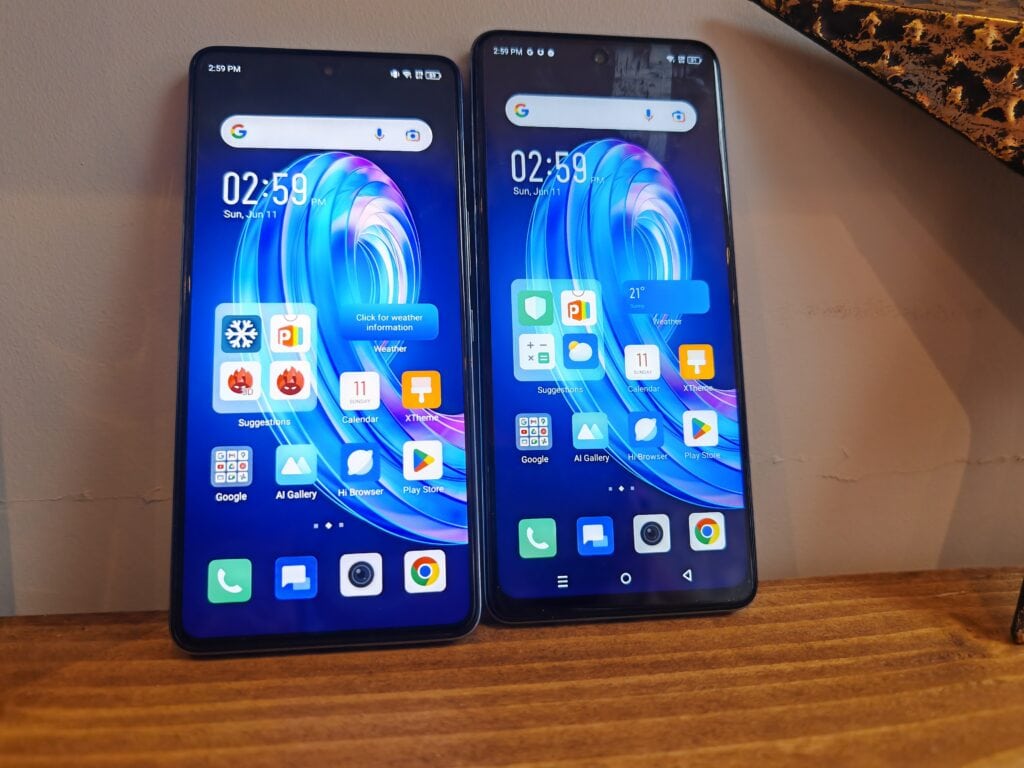
The Infinix Note 30 adopts the same basic design and build as the Infinix Zero 20. I had mixed feelings about it then, and this hasn’t changed.
They have tweaked the design a bit, the bezels are smaller, and the camera bump isn’t as excessive, it now also tapered into the case slightly rather than jutting out with harsh edges.
I much preferred the design and build of the Infinix Zero Ultra, but that launched at a much higher price point.
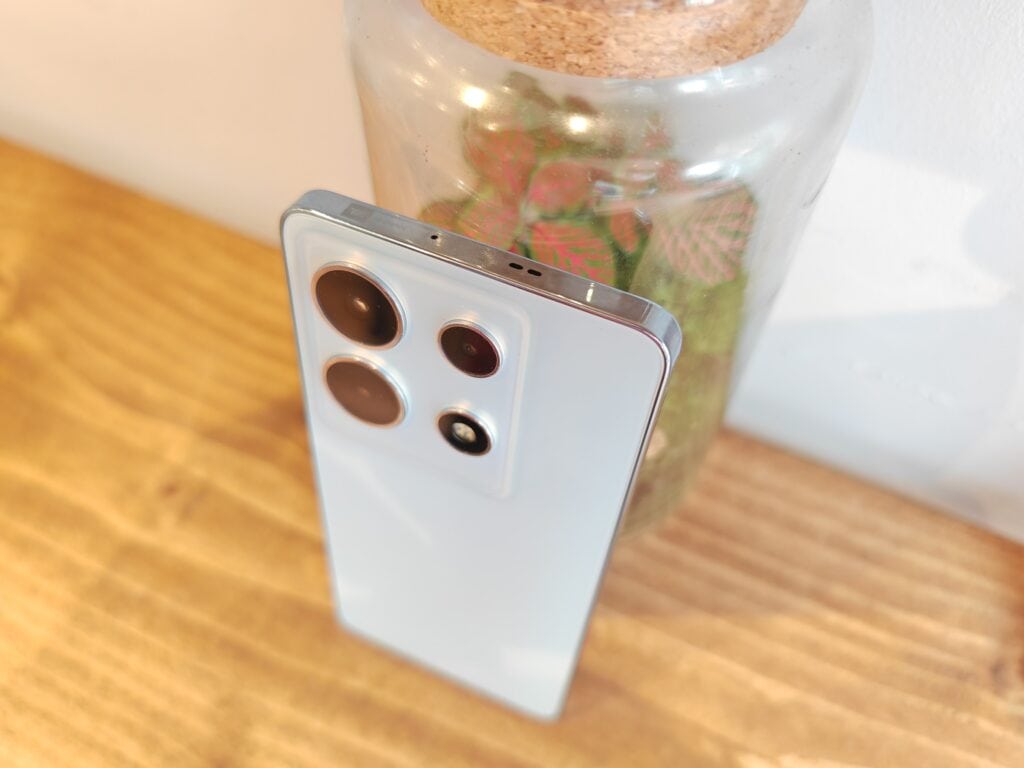
There is just something a bit cheap looking about it, and the plastic back also contributes to this. That being said, there is nothing wrong with it, the build quality feels decent enough, and the plastic back will be more durable than other materials.
The display itself is very good. I like the 6.67-inch size as it gives you a large display and is still usable with one hand with my average-sized hands. The 120Hz refresh rate keeps everything ultra smooth, and this seems to be the sweet spot for displays now.
The main thing that impressed me with the display on this phone was the brightness. We are having a sunny spell in the UK at the moment, and the display was still usable outdoors in bright light. In comparison, my much more expensive Pixel 6 is barely usable in the sun without squinting or finding shade.
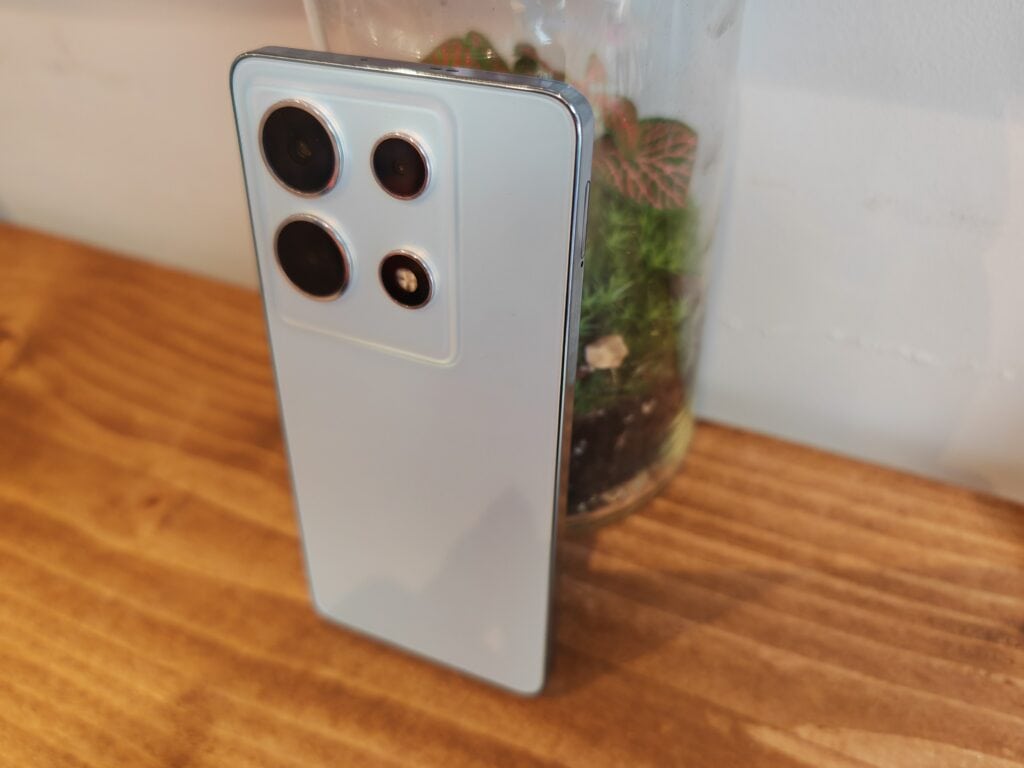
Camera
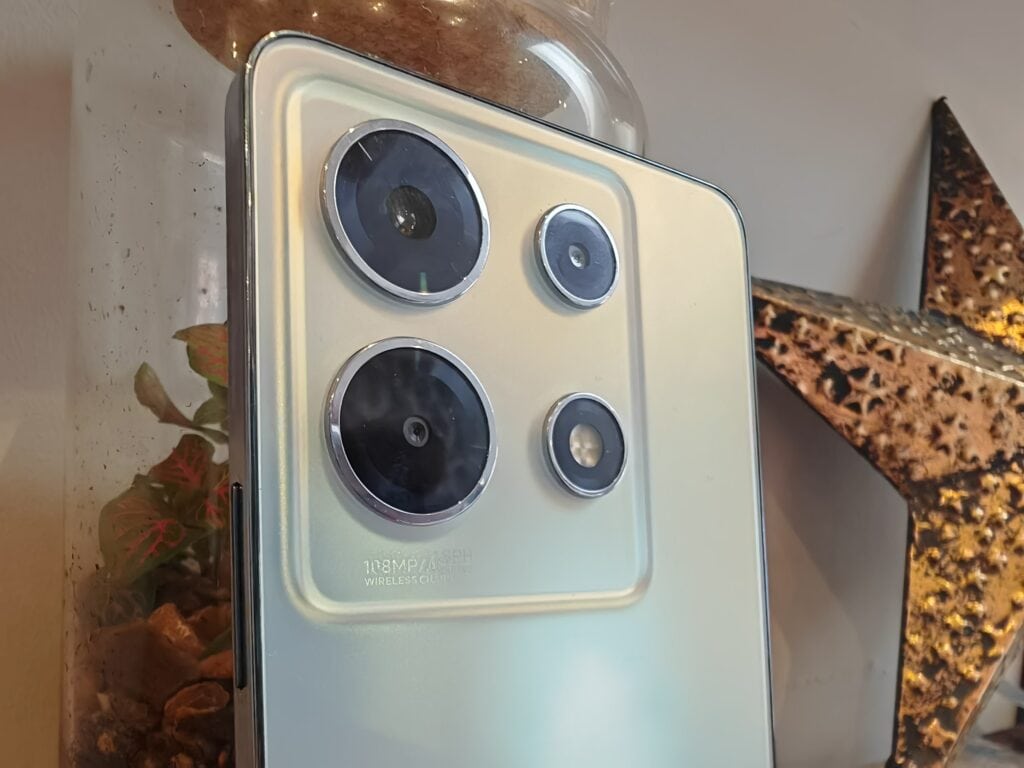
The camera specification of this phone is unusual, to say the least. You only have one usable camera, which is a 108 MP lens with a 1/1.67″ sensor. My best guess is that this is the Samsung ISOCELL HM6 (S5KHM6) sensor which was launched last year and was used on the previous Note 12 Pro and Note 12 VIP. It is also used on the Realme 10 Pro and Pro+.
One of the sensors is a 2MP depth sensor which should have some use. There is then another 2MP sensor, but I have no idea what that is used for.
I have only had limited time to test this camera, and I will update the gallery and my opinion when I have used it more.
The performance is good, the camera captures images in very crisp detail. Outdoor images are effortlessly bright and vivid, though the colours may be a little exaggerated for some people.
The camera has a beautify mode which seems to oversaturate images for a more impressive but less accurate look. I predominantly used the AI cam and the portrait and found them both to be good. I am no camera expert, so I just want to quickly take a photo without thinking too much about it, and the photo looks good; this phone achieves that.
Photo Gallery




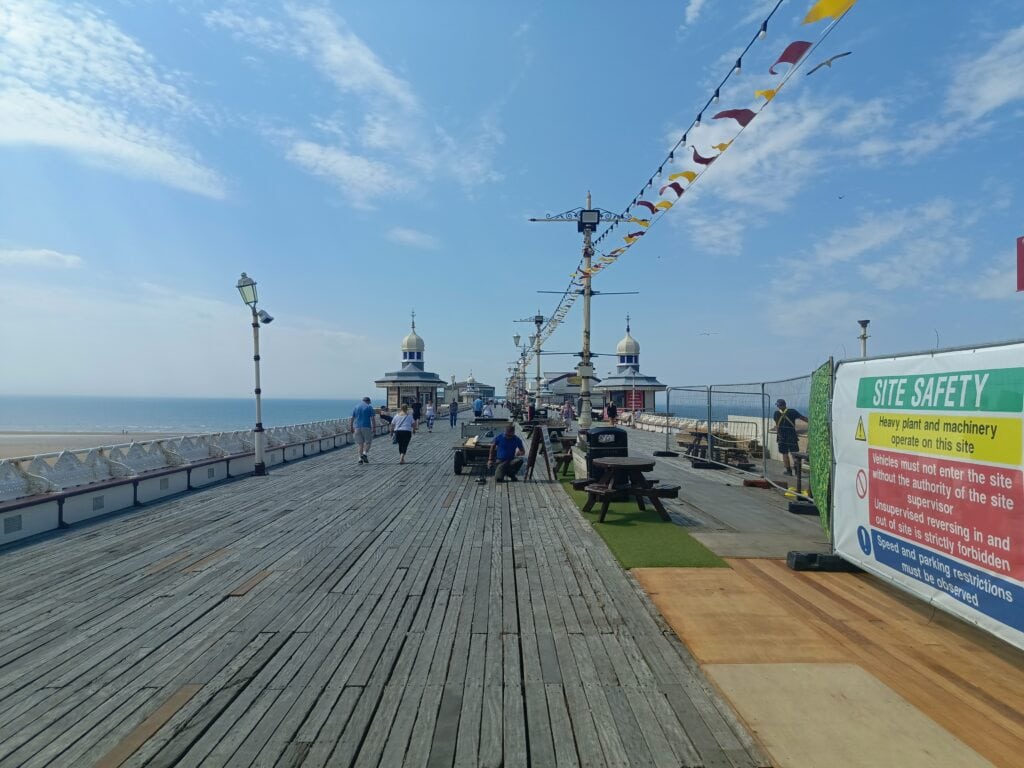
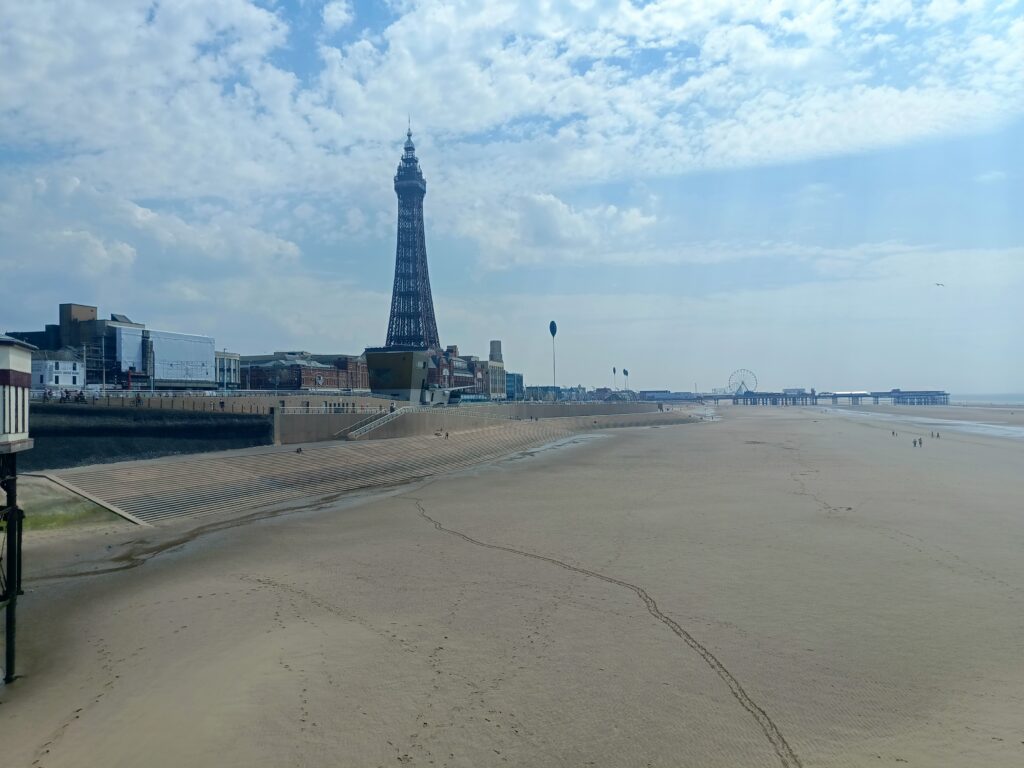


Performance and Thermal Throttling
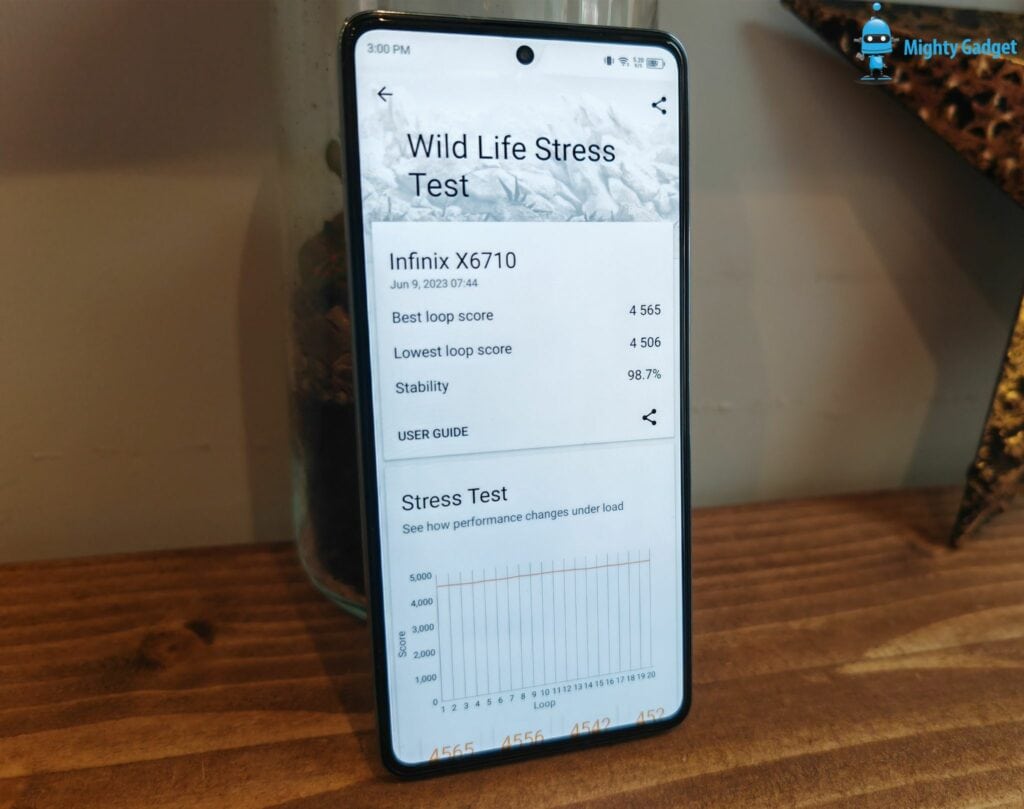
I have written a second post with a more comprehensive analysis of the Mediatek Dimensity 8050 and how it performs in benchmarks vs the similarly specced Dimensity 8100.
The performance of the phone is excellent. It is more than capable at doing all my day-to-day tasks with ease. It is powerful enough that you can run the latest games on it with good settings without any performance issues.
My benchmarks also indicated that there was little to no thermal throttling.
Battery
The Note 30 VIP is equipped with a 5000mAh battery which is a good capacity, and this will easily see you through a full day of medium to heavy usage. Gaming or other intensive applications will obviously shorten the longevity.
I wasn’t able to complete the PCMark battery test as it errored out due to another application disrupting it, but I will update the review once this has been successfully completed.
As far as charging goes, I think this phone is superb. I think the 68W wired charging is a perfectly good speed, you are getting 80% in 30 min, and there are rarely any occasions I would ever need faster charging. More importatly for me is that the wired charging used power delivery 3.0, which means I am not restricted to using the stock charger. I have many power delivery plugs and power banks, and having the flexibility to use what I want is more important than things like 180W charging.
Testing this with a USB4 240W cable that has a built-in power meter showed a power draw of 45W when the phone was at 35%. I assume the charge speed slows down the higher the charge.
Then you have the 50W wireless charging. My review sample came with the charging stand, which I assume will cost you extra. Just like the phone, this will accept a power delivery input, so I was able to use my Ugreen Nexode 200W charger on my office design with it.
When charging at 50W, I find the fan noise is quite loud and distracting. Other high-watt wireless charge stands are also actively cooled, so this problem isn’t unique to Infinix. The fan noise is much louder than the fan on my Pixel stand, but that only goes up to 22W. Due to the fan noise, I personally prefer wired charging, but it’s a nice option to have, and I do like the convenience of just placing my phone down on the stand for a quick boost in battery.
The phone also comes with an included 15W wireless pad which I think is an excellent little perk.
Price and Alternative Options
Infinix has confirmed the phone will be available from $299, which is an absolute bargain.
The Infinix Note 30 has an official MSRP of $230, which is an excellent price, but I’d probably pay the extra for the VIP (if $320 is accurate).
The ZERO ULTRA, which I reviewed at the end of last year, launched at $520 (£470/€530), and the ZERO 20 for $270. The ZERO ULTRA was superior in many areas, but I felt the Dimensity 920 was powerful enough for a phone at that price.
The previous Infinix Note 12 VIP launched for around $300. This has a much less powerful Helio G96 chipset, a 4500mAh battery, faster 120W charging (but proprietary), no wireless charging and a side-mounted fingerprint scanner. I think the Note 30 VIP is has a decent upgrade overall in comparison.
The Realme GT Neo 3T isn’t far off in terms of spec/performance, and this launched for £369.00 (8GB+128GB).
Overall
The Infinix Note 30 VIP is a great phone that offers exceptional value for money.
I think the chipset, and therefore performance, is superb for a phone at this price point. I personally don’t need anything more powerful than this, and I think that probably applies to most people. So you are getting a good balance of affordability and performance.
The 108MP primary camera is good, and I quite like the fact that Infinix hasn’t bothered with a mediocre ultrawide or some useless 2MP macro sensor. However, they still padded out the specs and design to make it look more impressive than it is. One of the 2MP sensors appears to be for depth, while the other 2MP remains a mystery.
The battery is good, and I am a big fan of using PD3.0 for the 68W wired charging. I’d sooner have 68W PD than the 180W proprietary charging standard on the Infinix Zero Ultra.
The 50W wireless charging is also excellent, though the fan on the charging stand is quite irritating.
The only real negative I can think of is that I am not overly keen on the design and plastic build quality. However, I think this is justifiable due to the low price point, and the plastic back is going to be less prone to smashing than glass.
Overall, I think this is an excellent phone and can happily recommend it to anyone that lives somewhere where it is available.
Infinix Note 30 VIP Review Rating
Summary
The Infinix Note 30 VIP is a great phone that offers exceptional value for money. It has a good balance of performance and price, with an excellent chipset, good camera and superb charging options.
Overall
88%-
Overall - 88%88%
Pros
- Excellent performance from the Dimensity 8050 chipset
- Good single camera
- 68W wired charging + 50W wireless, both using PD3.0
Cons
- Design and plastic build quality
- Only one usable camera
I am James, a UK-based tech enthusiast and the Editor and Owner of Mighty Gadget, which I’ve proudly run since 2007. Passionate about all things technology, my expertise spans from computers and networking to mobile, wearables, and smart home devices.
As a fitness fanatic who loves running and cycling, I also have a keen interest in fitness-related technology, and I take every opportunity to cover this niche on my blog. My diverse interests allow me to bring a unique perspective to tech blogging, merging lifestyle, fitness, and the latest tech trends.
In my academic pursuits, I earned a BSc in Information Systems Design from UCLAN, before advancing my learning with a Master’s Degree in Computing. This advanced study also included Cisco CCNA accreditation, further demonstrating my commitment to understanding and staying ahead of the technology curve.
I’m proud to share that Vuelio has consistently ranked Mighty Gadget as one of the top technology blogs in the UK. With my dedication to technology and drive to share my insights, I aim to continue providing my readers with engaging and informative content.

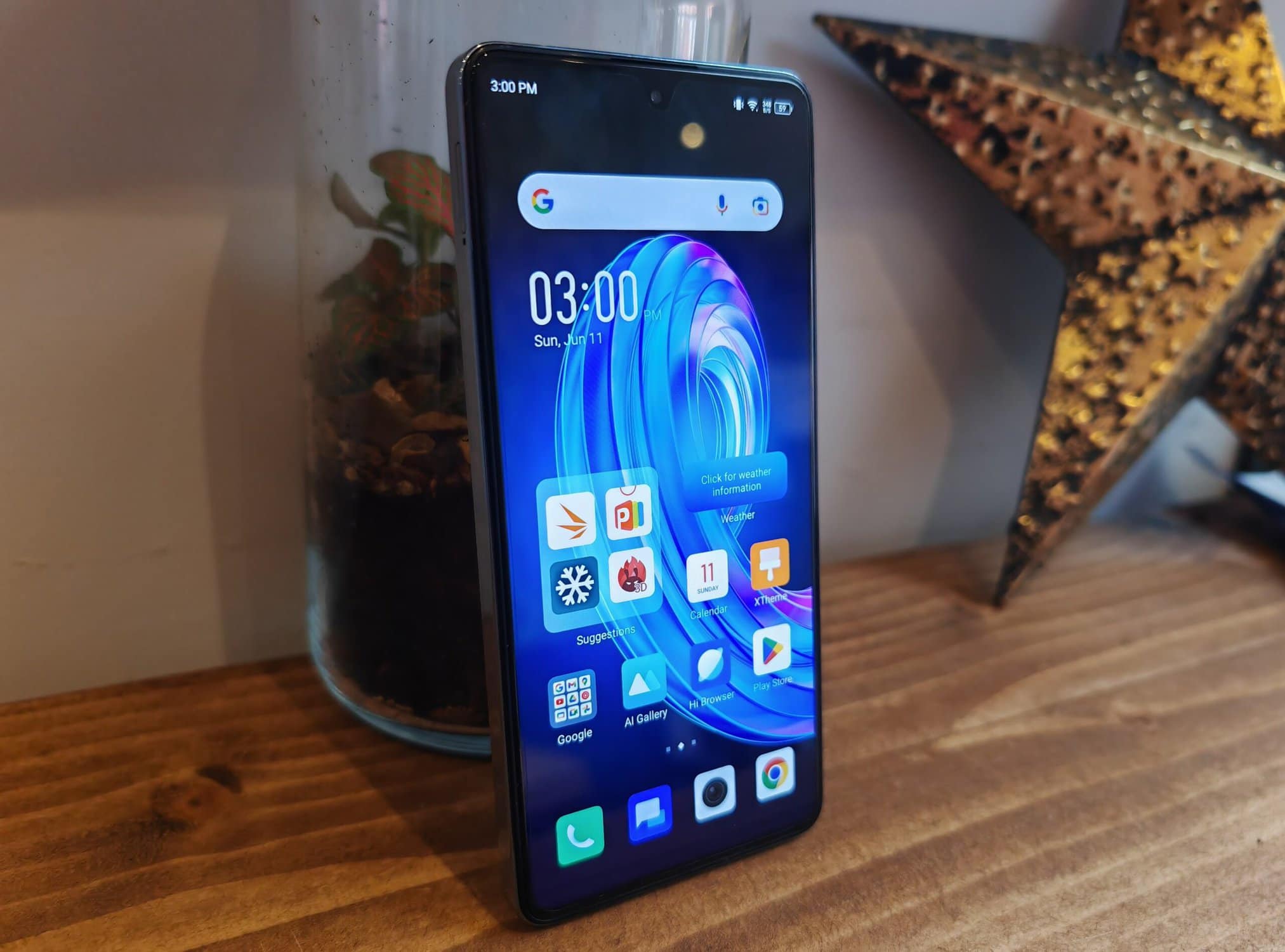


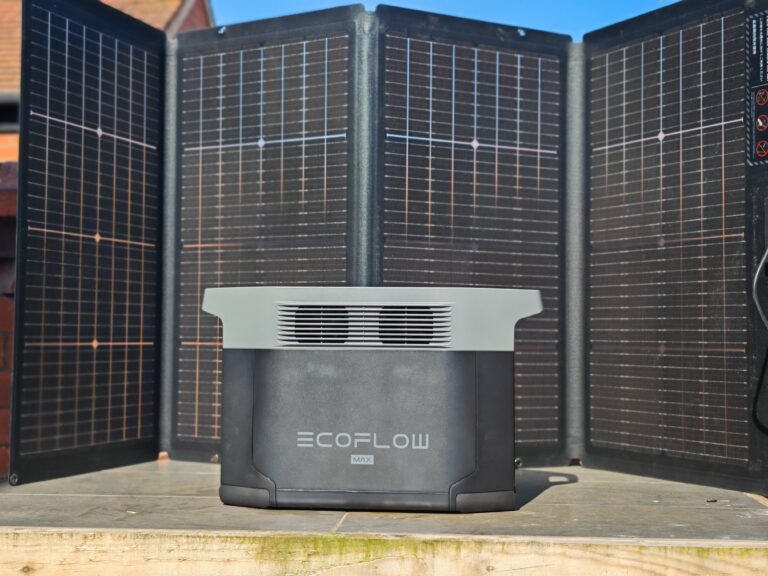
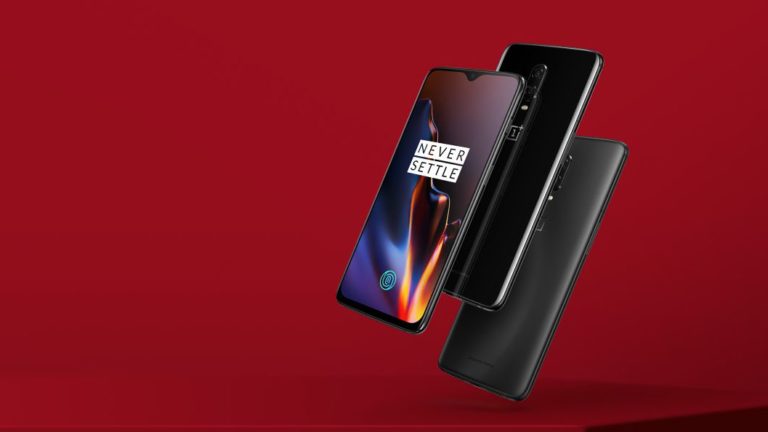
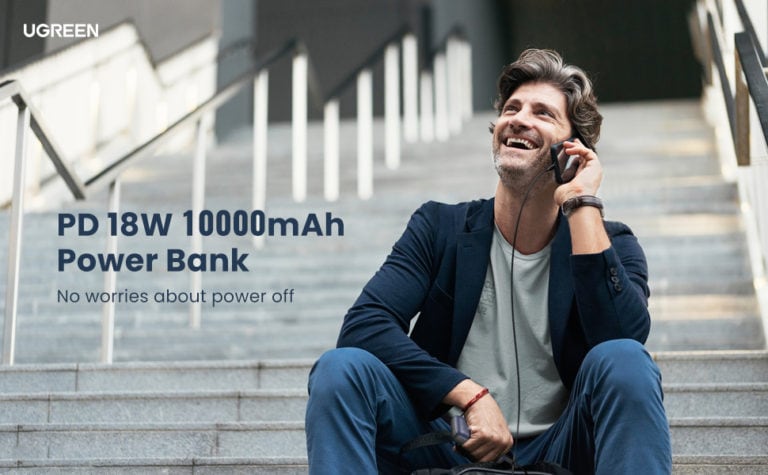
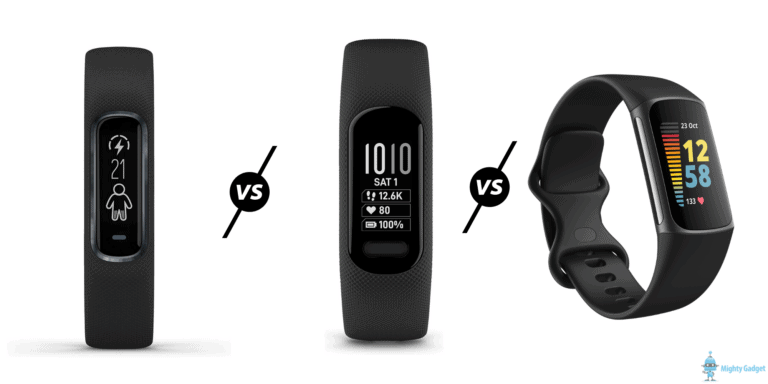
Nice review, of what seems to be a very nice phone, at an exceptional value. Just hoping the it won’t cost e.g. €370 like it apparently does in one shop in Europe at the moment…